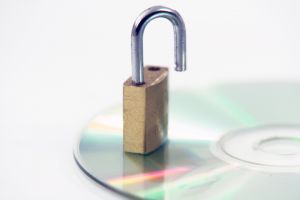 If you use Comcast email or Internet services you might just be in for a big headache. Last night, unknown hackers got in to Comcast email, despite extensive security measures that were taken by the company to prevent such hacking.
If you use Comcast email or Internet services you might just be in for a big headache. Last night, unknown hackers got in to Comcast email, despite extensive security measures that were taken by the company to prevent such hacking.
Last night, the Comcast.net website (which is linked from Comcast.com as well) was broken in to and displayed a cryptic hacker’s message. Users could not get to their email accounts and the main page is down. Comcast has since taken back control of their domain, although there are still several problems with their website. The website still may not display properly, and you may face a delay at being able to reach your email. Some users have reported that some email has been deleted.
What does this hacking mean to you? Because of the nature of the Comcast email, personal information for users may have been obtained through account information. This information might include email passwords, names and addresses and even billing information. There is no indication yet whether or not any data stealing has occurred. Comcast has issued a very brief statement saying that they have the website under control but that users may still have difficulty accessing email.
It appears that the hackers simply redirected the Comcast domain name and sent it to other servers. This would lessen the chance that any personal user data has been compromised.
Comcast’s hack is one of the largest security breaches in a long time. There are approximately 14.1 million Comcast email subscribers.
If you are on Comcast email, I suggest that you change your email password to be safe. In fact, in terms of regular security, you should change your password on a weekly or at least monthly basis. Use a combination of letters and numbers, and stay away from obvious passwords, such as names, addresses, birthdays, pet names, etc.
Mary Ann Romans writes about everything related to saving money in the Frugal Blog, technology in the Computing Blog, and creating a home in the Home Blog. You can read more of her articles by clicking here.
Related Articles:
Identifying E-Mail Hoaxes: Protecting Yourself

